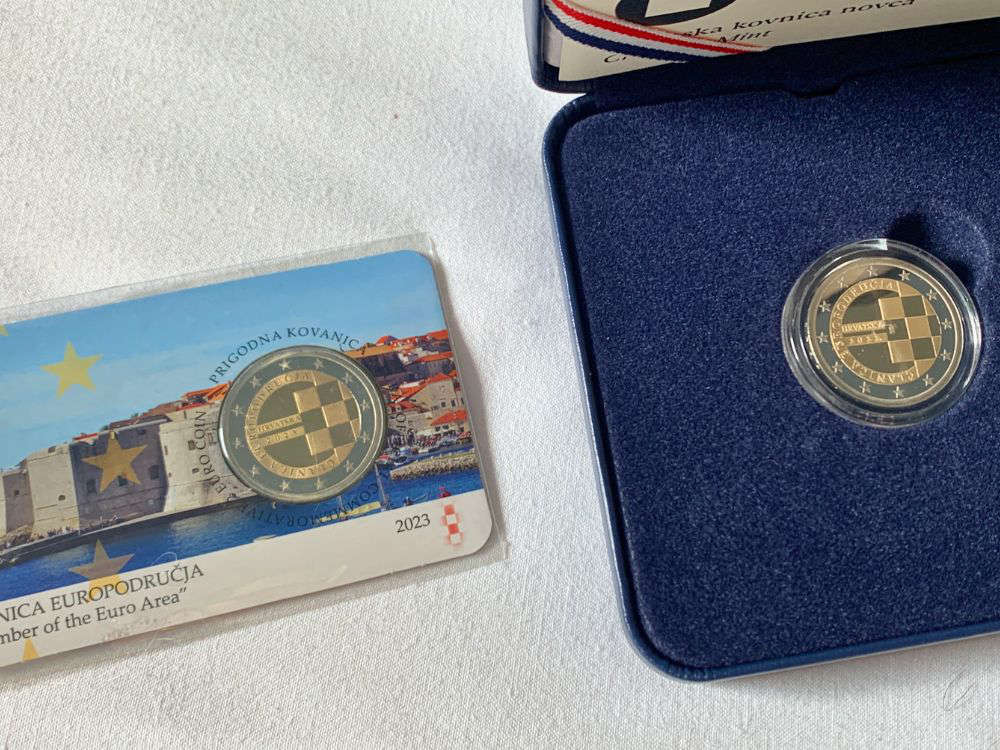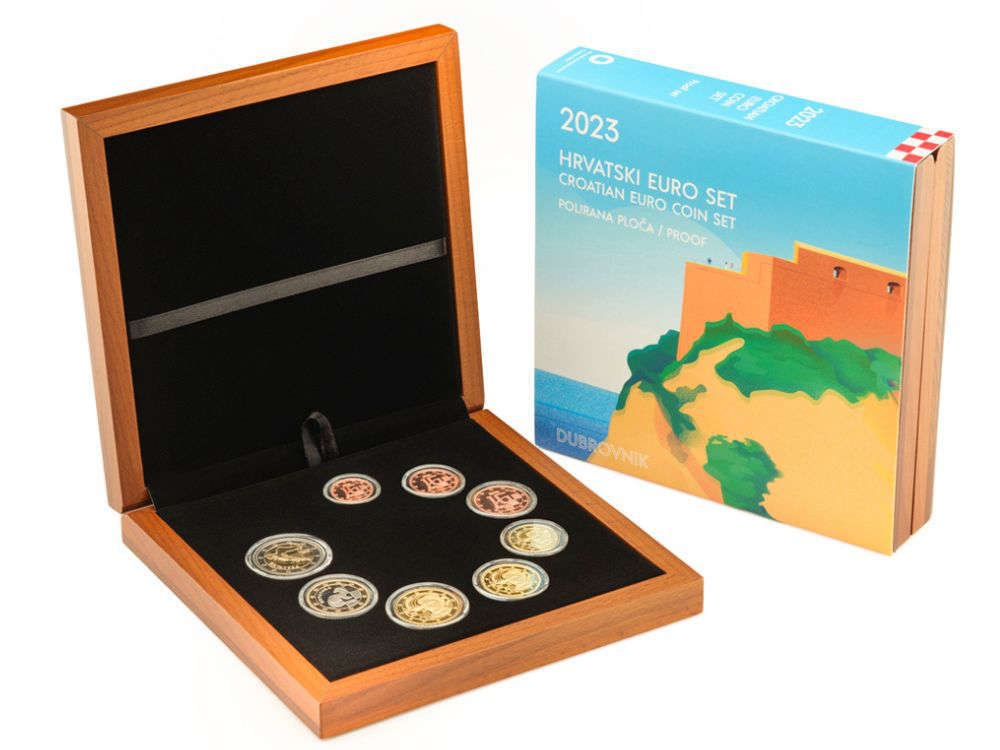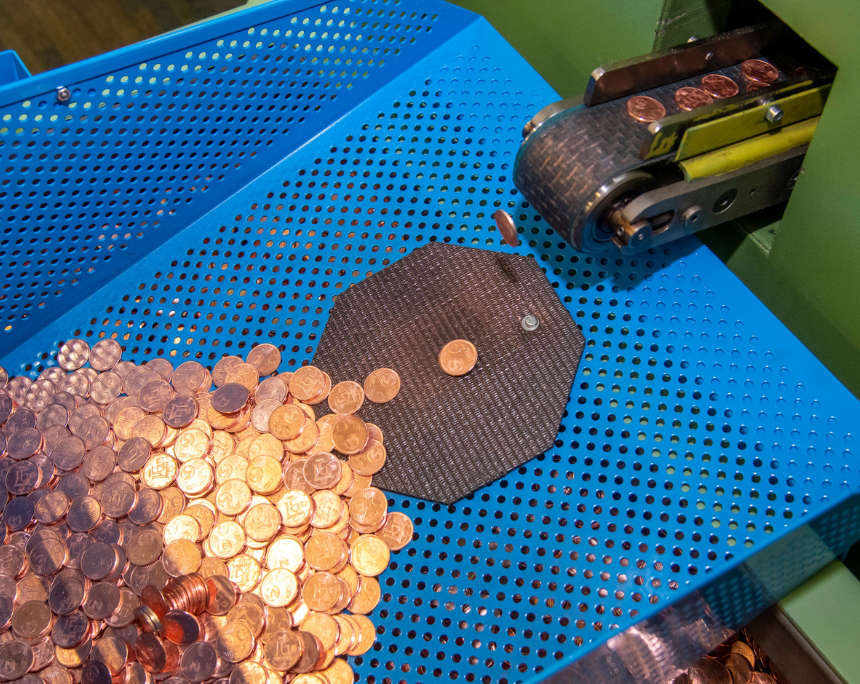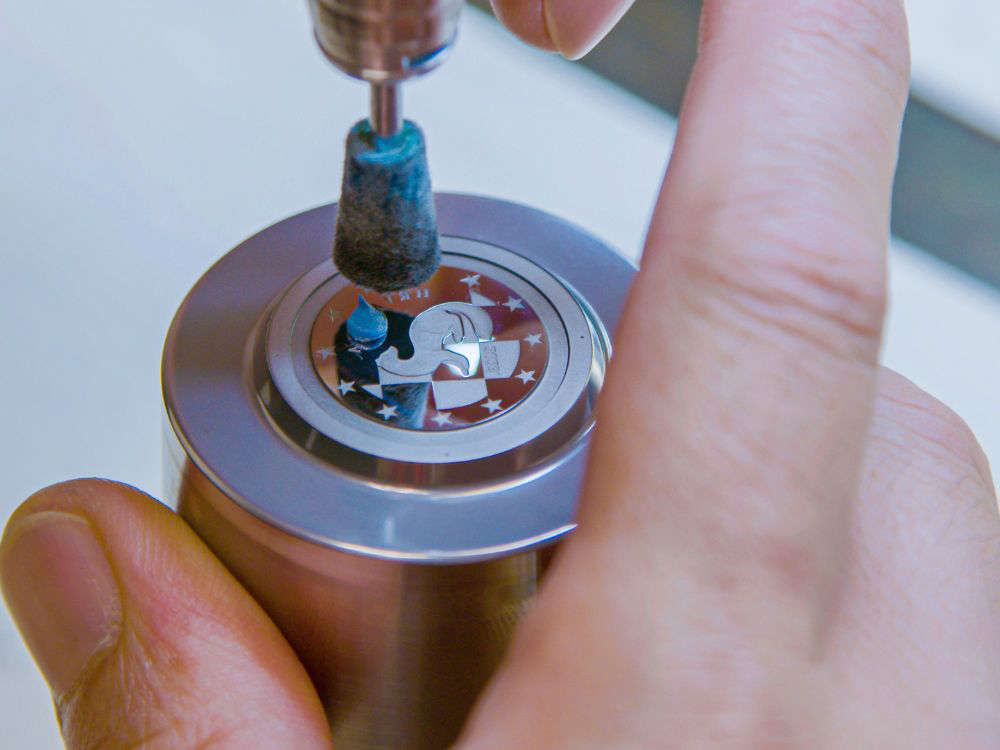Croatia’s First Year as a Euro Country: A New Era for Coin Collectors and the Croatian Mint
By Sebastian Wieschowski
Croatia introduced the Euro on January 1, 2023 – and with low circulation numbers and some surprises, the popular tourist destination has also gained many new fans in the world of coins. However, behind the scenes, a tremendous effort was required to ensure the successful introduction of the new coins. Ivan Odrljin, sales representative at the Croatian Mint, talks about the first steps in a new numismatic environment, challenges and chances, and gives insights into the future plans of Croatia.
Content
Impacts of the Currency Changeover on the Mint’s Operations
CoinsWeekly: How has the introduction of the Euro impacted the operations for the Croatian mint?
Ivan Odrljin: The introduction of the Euro entailed a comprehensive and protracted process for us. Our preparations commenced approximately 2 1/2 years prior to the Euro’s introduction. Initially, we undertook the task of acquiring the necessary knowledge, gathering pertinent information, and ensuring we had all requisite documents in place. Subsequently, significant investments were made in procuring new equipment, including minting machines, coin sorting apparatuses as well as machinery for the production of coin rolls. This transition process was complex and multifaceted.
We commenced minting operations on July 20th, 2022. Notably, a pivotal milestone was the delivery deadline for coins to the National Bank on December 1st. This necessitated the minting of a total of 530 million coins within a condensed timeframe of approximately 4 1/2 months. This represented a considerable challenge, particularly when contrasted with our previous production volumes of Kuna coins, which typically peaked at around 130 million coins annually. Thus, our production output for the Euro coins was approximately four times higher within the 4 1/2-month period.
To meet this demanding timeline, we implemented round-the-clock production, operating in three shifts. The significance of this endeavor was underscored by the presence of our Prime Minister at our facility on the day of commencement, where he initiated the production process. Subsequently, our operations ran continuously for the duration of the project, ensuring timely delivery of the minted coins to the National Bank.
CW: Did you, as previously mentioned, have to procure a significant amount of new machinery, or were you able to utilize existing equipment with modifications?
Ivan Odrljin: No, we utilized some of our existing machinery previously employed for minting Kunas; however, adaptations were necessary. The primary focus of our acquisitions pertained to machinery dedicated to the production of coin rolls, bags, and coin sorting. A portion of this equipment was purchased outright, while some were obtained through leasing arrangements, constituting a blended approach. Furthermore, we continue to utilize our presses and certain other existing machinery, while surplus equipment is being returned or earmarked for future sale.
Challenges of the Production of Euro Coins
CW: Could you elaborate on the challenges encountered during the transition to a new currency within the mint? While it may seem that only the design of the coins and the blanks undergo changes, there are likely complexities involved in this process. What specific challenges did you face?
Ivan Odrljin: Transitioning to a new currency represented a significant shift for us, marking a departure from our established practices spanning over three decades. While the fundamental minting process remained largely consistent, adjustments were necessary across various aspects such as coin diameters, metal compositions, and die fabrication. However, the paramount challenge we encountered was the substantial increase in production volume. This unprecedented scale of production posed a formidable challenge as it required a considerable expansion of our operational capacity.
The sheer magnitude of this undertaking had implications for our numismatic coin production. The entire Mint team was dedicated exclusively to the Euro minting project for over six months, resulting in the postponement of planned numismatic coin initiatives. This resource allocation constraint necessitated careful planning for future endeavors, as we could not simultaneously accommodate both projects with our available manpower. Hence, strategic foresight and resource management became imperative to navigate through this transitional period effectively.
Interest in Croatian Collector’s Coins
CW: Have you observed a notable increase in interest from other European countries in light of Croatia’s adoption of the Euro? Particularly among Euro collectors who may not have previously collected Kuna coins but now seek to complete their collections with Croatian Euros?
Ivan Odrljin: Yes, indeed. We have witnessed a significant surge in demand, particularly for commemorative €2.00 coins and Eurosets, predominantly emanating from European countries such as Germany, France, Spain, and Italy. The release of our inaugural Euro set generated substantial interest globally, with inquiries pouring in from various corners of the world. This heightened interest was somewhat expected given the novelty of Croatia’s Euro coins; however, the extent of the response exceeded our initial projections.
Public Opinion on the Euro Introduction
CW: Could you provide insight into Croatia’s experience with the introduction of the Euro, considering the significance of transitioning from a national currency to a new European currency? Historically, other new Eurozone entrants have experienced mixed sentiments, as a national currency often embodies a sense of identity. How was the mood in Croatia during the Euro’s introduction and the circulation of new coins?
Ivan Odrljin: The introduction of the Euro in Croatia evoked a range of emotions, reflecting our nation’s unique historical and cultural context. Croatia, as a relatively young country since its independence in 1991, had established a strong connection with the Kuna, introduced in 1993, as a symbol of domestic identity and sovereignty. For many, the Kuna represented a tangible emblem of Croatia’s hard-fought independence.
Consequently, discussions surrounding the adoption of the Euro sparked varied responses across different demographics. Many Croatians, especially in the business sector, viewed the Euro favorably, recognizing the economic benefits and alignment with European partners. Conversely, we experienced some reservations, seeing the Euro as a departure from cherished national symbols and symbols of independence. This sentiment echoed sentiments observed in other new Eurozone countries.
However, despite initial apprehensions, the advantages of Euro adoption gradually became apparent. Geographically situated amidst Eurozone countries, Croatia’s integration into the Eurozone facilitated smoother trade and reduced exchange costs. Notably, the significant savings accrued from diminished exchange expenses, totaling over €1 billion annually prior to Euro adoption, underscored the economic rationale behind the transition. Moreover, adopting the Euro enhanced Croatia’s attractiveness to foreign investors, fostering greater economic openness and collaboration within the European market. Thus, while the transition required adjustment and elicited nostalgic sentiments, the tangible benefits of Euro adoption ultimately outweighed the emotional ties to the former national currency.

The proof coin in a BU coin card (left) was one of the numismatic surprises from Croatia in its first year as a Euro country. Image: Wieschowski.
Lessons Learned
CW: Reflecting on Croatia’s first year as a Eurozone member, there were notable achievements, such as the successful launch of the proof set, which garnered considerable attention and sold out swiftly. However, there were also challenges, particularly concerning the quality consistency of the coins, notably the commemorative 2 euros in blisters. Looking back, are there any aspects you would seek to improve or lessons learned for future endeavors?
Ivan Odrljin: Indeed, while we take pride in the success of initiatives like the proof coins and circulation coins, we acknowledge areas where improvement is needed. Specifically, we recognize the need for greater consistency in the quality of our coins as well as blisters, as observed in the variation between advertised standards and actual product quality. This inconsistency is an aspect we are committed to rectifying in future productions. The inaugural project provided valuable lessons, and we are determined to implement corrective measures to enhance quality assurance moving forward.
Regarding production quantities, we acknowledge the limited availability of proof sets and coins, with only 500 sets and 5,000 coins produced. Despite the demand, we do not foresee a significant increase in production volumes for these items. However, for regular circulation commemorative coins, there will be a slight decrease in the quantity issued this year, from 250,000 to 200,000 pieces. Additionally, we plan to issue two commemorative 2 euro coins annually in the foreseeable future.

Only 500 pieces minted: The first proof coin set was sold for just under 100 Euros and is now worth around 500 Euros. Image: Croatian Mint.
CW: Looking ahead to the upcoming years, could you provide insights into your plans and initiatives?
Ivan Odrljin: We are still coordinating our numismatic programme with the National Bank. However, I can outline our general approach. Each year, we anticipate issuing approximately four to six numismatic releases, predominantly featuring gold and silver coins. Among these releases, one or two will have very limited mintages, while the remaining issues will have higher production volumes. Our thematic focus remains centered on Croatian history, heritage, and culture.
Regarding the commemorative €2.00 coins, I can share some details. The first issue, slated for release in June, pays homage to the city of Varaždin, situated in northern Croatia. Subsequently, the second issue, anticipated for October or November, will follow a similar format and distribution, available in coin cards and proof sets. Speaking of proof sets, we plan to release another very limited edition set of 500 pieces, expected around April. Additionally, the 2024 coin set in BU quality, featuring the city of Pula and the famous amphitheater, has already been issued.
While specific details are subject to forthcoming announcements, our overarching goal remains to celebrate Croatian heritage and history through numismatic releases that resonate with collectors and enthusiasts alike.








